Creating LLMs with Semantic Graphs: An Adventure to Becoming a Domain Expert
Introduction
As AI continues to evolve, LLMs with semantic graphs will lead to more reliable, repeatable, and accurate responses. The traditional vague prompts are turned into a structured plan of action, but you can also rest assured that there will not be hallucinations, and guardrails will be business-constrained. Whether you’re an enterprise team in AI or are a savvy AI user and practitioner, it is easy to see how semantic graphs can expedite the process of making you a domain expert by creating inspectable and reusable AI workflows.
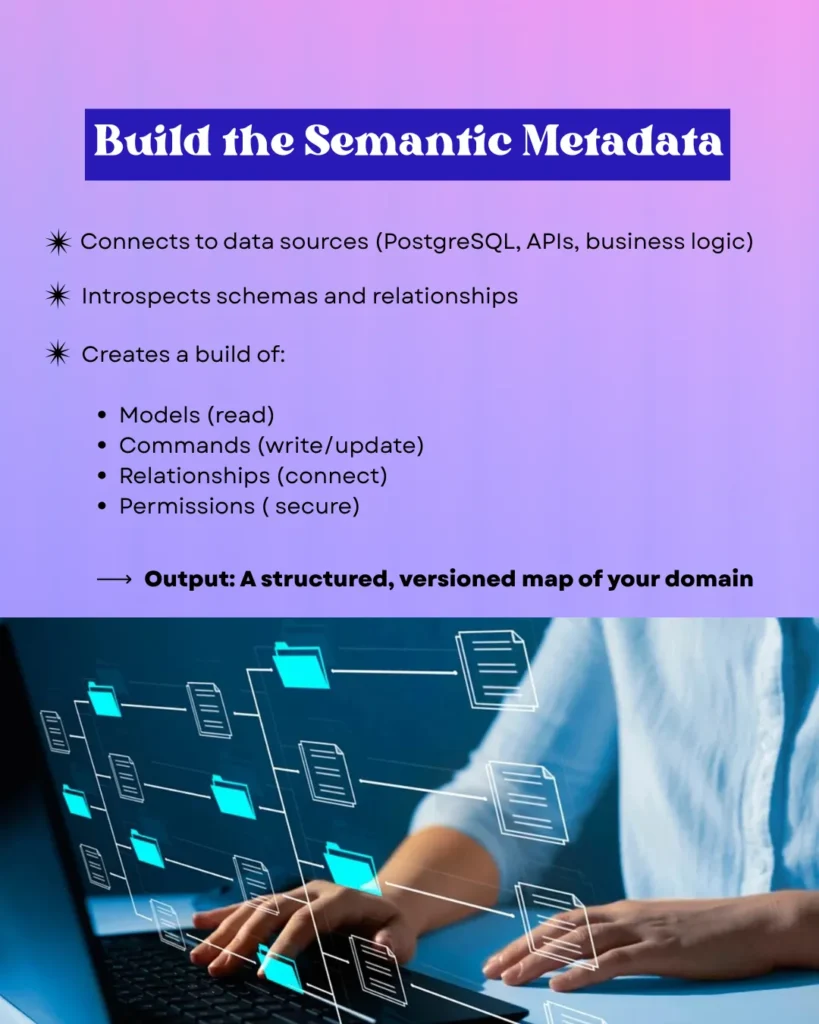
Create the Semantic Metadata
Semantic metadata is the building block that establishes connections to various data sources, whether it is a PostgreSQL database, API, introspective schemas, models, commands, relationships, permissions, etc. The outcome is now standardized and versioned a map within your domain that organizes and secures the AI ecosystem.
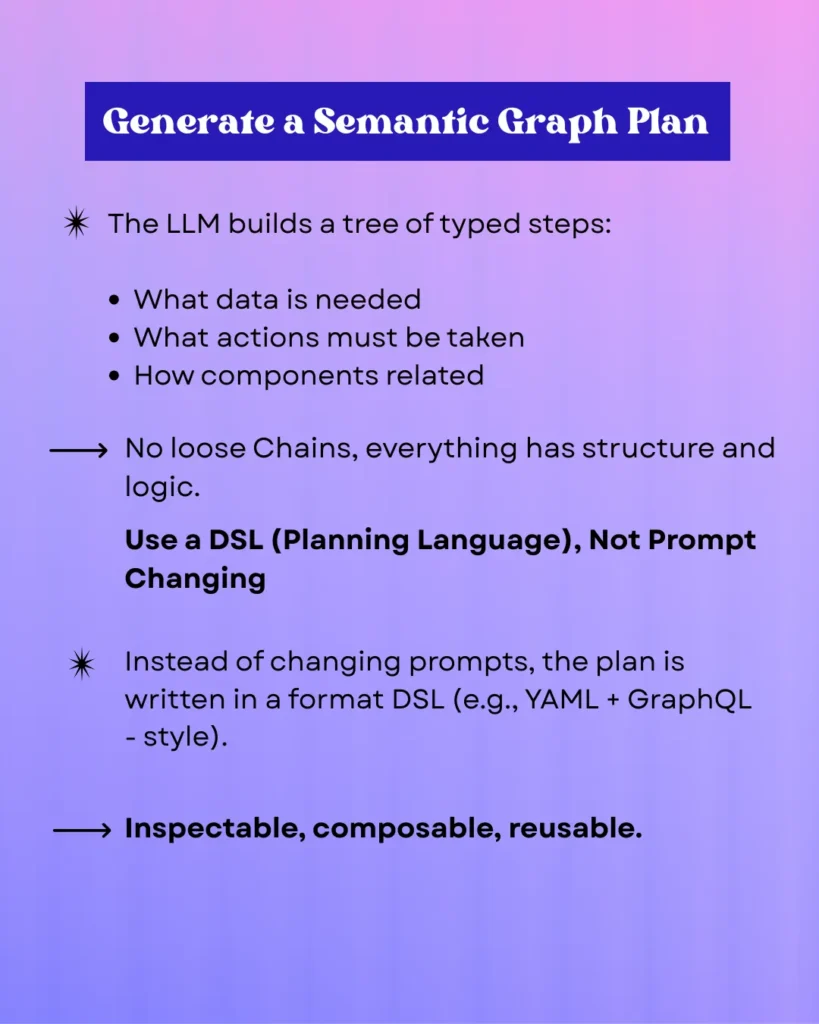
Create a Semantic Graph Plan
Semantic graphs a LLMs to create a logically structured tree of action that identifies missing data, required action, and the relationships between components. This prevents loosely constructed chain of actions by forcing logic, structure, and organization with its own specific DSL, that is, YAML with GraphQL-style syntax. This results in plans that can be inspected, composed, and reused while maintaining consistent performance from the AI-brain.
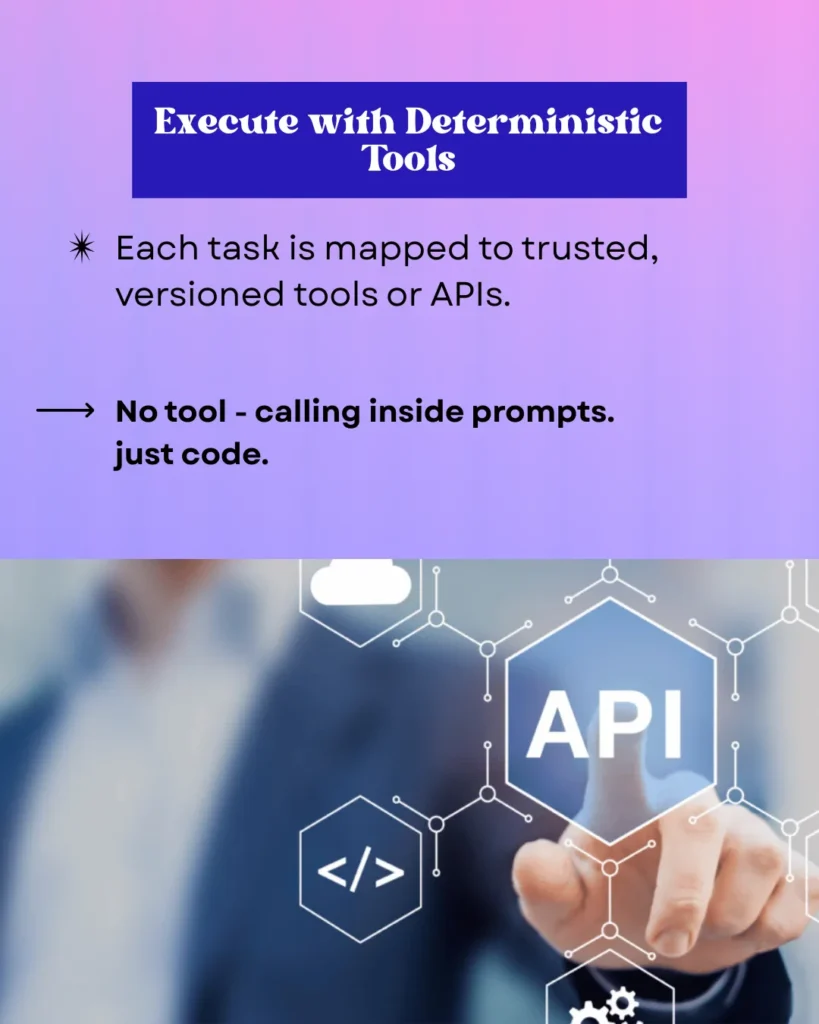
Execute with Deterministic Tools
Tasks within semantic graphs are run with trusted, versioned tools or APIs in a direct mapping, avoiding calling tools from prompts whenever possible. Code-based execution allows for reliability and predictability, making it appropriate for mission-critical uses.
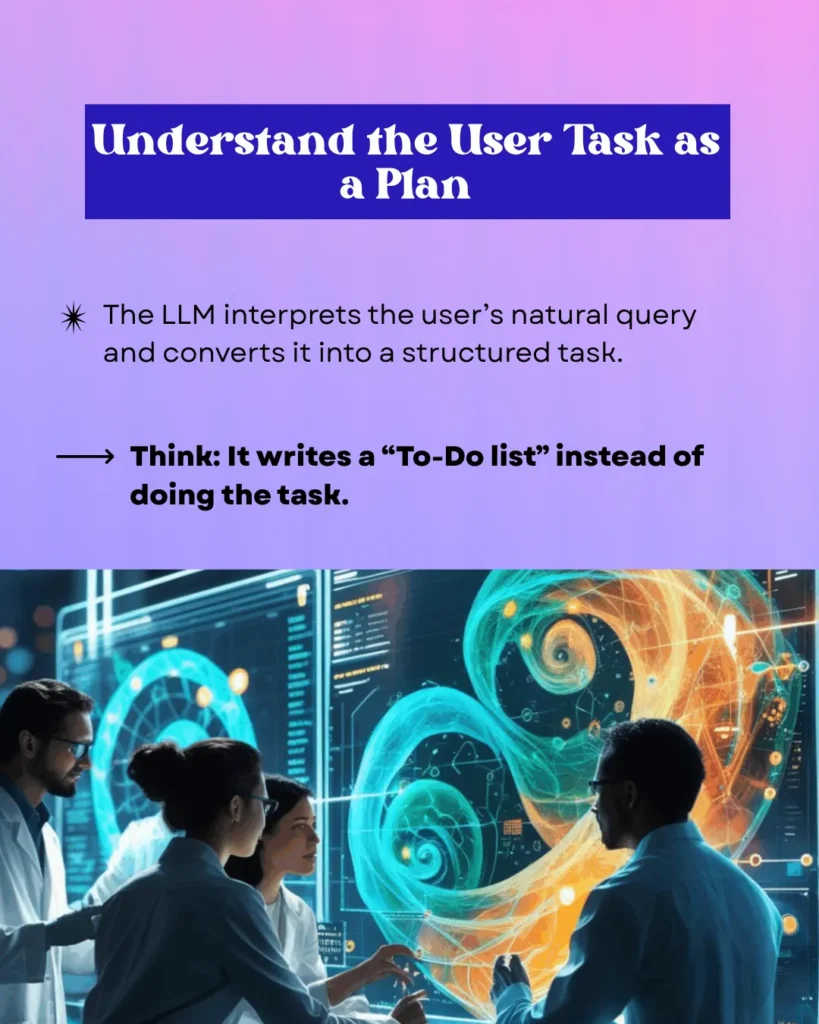
Conceptualize the User Task as a Plan
LLMs are great at deciphering natural language inquiries and formulating the request into a series of lists of to-dos instead of executing the request immediately. This is the power of thinking in terms of a plan, providing clear, sequential steps for a better understanding and management of a task.
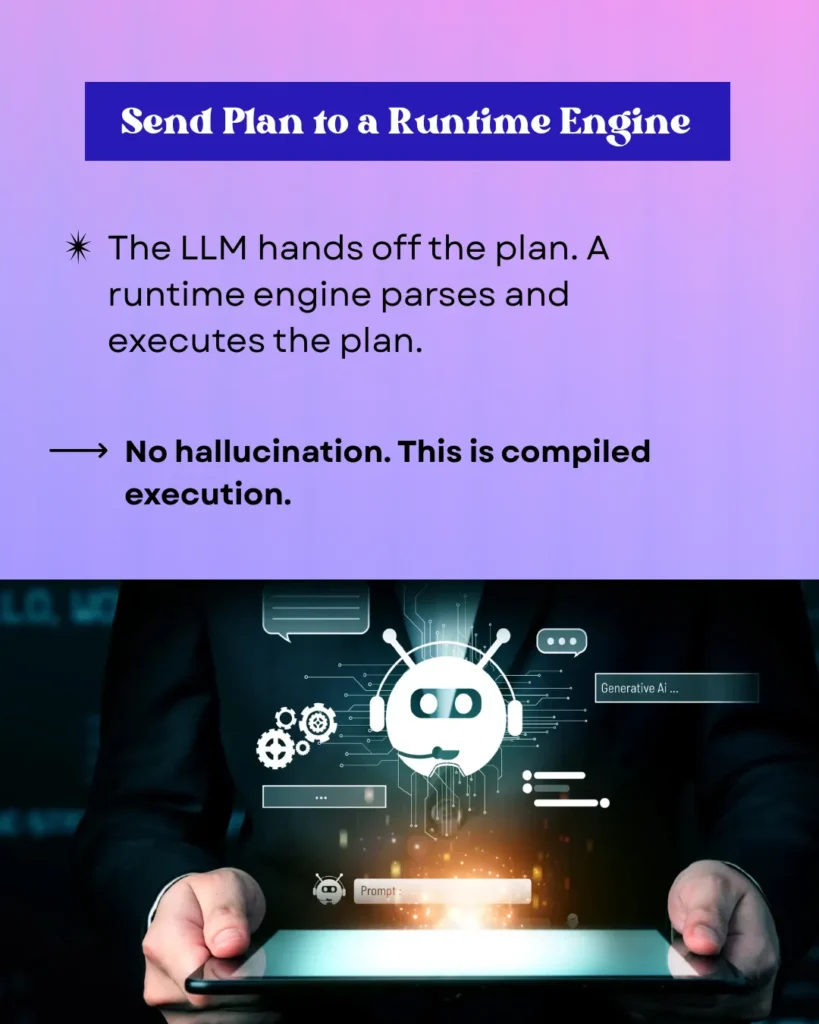
Send the Plan to a Runtime Engine
Once the plan is created, the LLM sends the plan to a dedicated runtime engine to parse and execute. Transformers are auto-compiled code, which eliminates the possibility of hallucinations and ensures certainty, as it implements deterministic execution using auto-compiled code instead of unpredictable prompt-based responses.
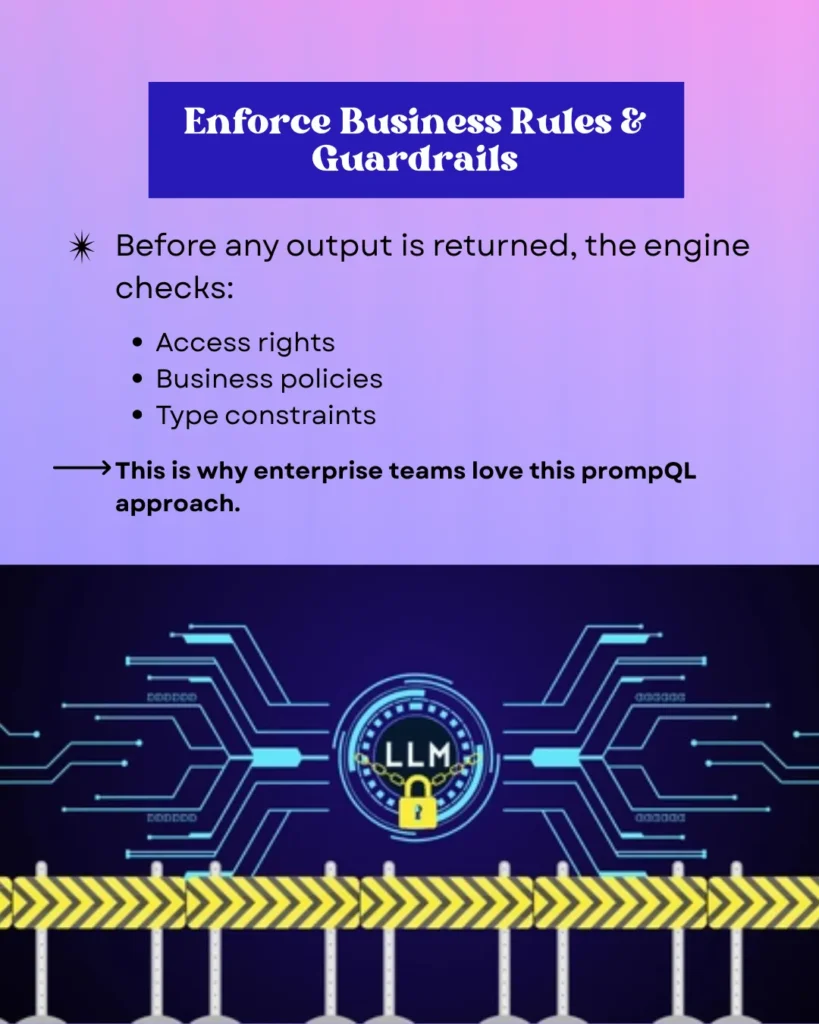
Implement Business Rules & Controls
Semantic graph engines will validate access rights, business policies, and type constraints before providing any output. This promptQL-style approach provides enterprise teams with solid security and compliance capabilities, ensuring that AI outputs are safe and align with business rules.
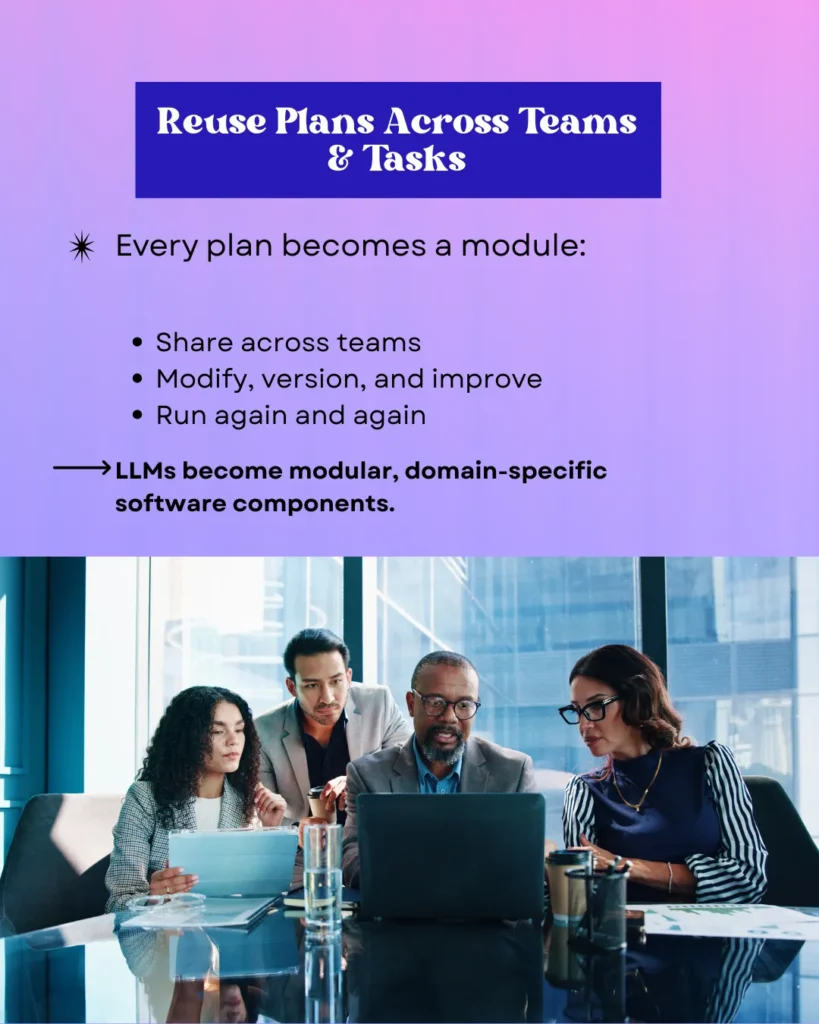
Plans for Reuse across Teams & Tasks
Each plan in the semantic graph evolves into a modular component, providing the ability to share, change, version, and run again on different teams. This modularity allows for LLMs to become software building blocks in a domain, enhancing collaboration on and long term efficiency for AI projects.
Want to Hire Us?
Are you ready to turn your ideas into a reality? Hire Orbilon Technologies today and start working right away with qualified resources. We will take care of everything from design, development, security, quality assurance and deployment. We are just a click away.

